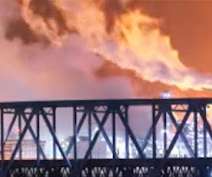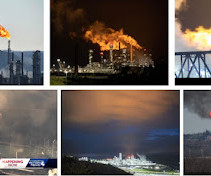Oil & Gas Facilities Self-Reported 13,432,713 Tons Of Air Pollution In PA In 2022; 101,741,616 Tons Total Since 2012
PA Environment Daily
DECEMBER 20, 2023
Unconventional, conventional, pipeline, storage and other oil and gas facilities have been self-reporting air emissions from their facilities since 2012 and do so regularly under Title V and other Air Quality permits issued by the Department of Environmental Protection. tons, carbon dioxide- 3,710,597.99 tons - Ammonia -- 45.89












Let's personalize your content